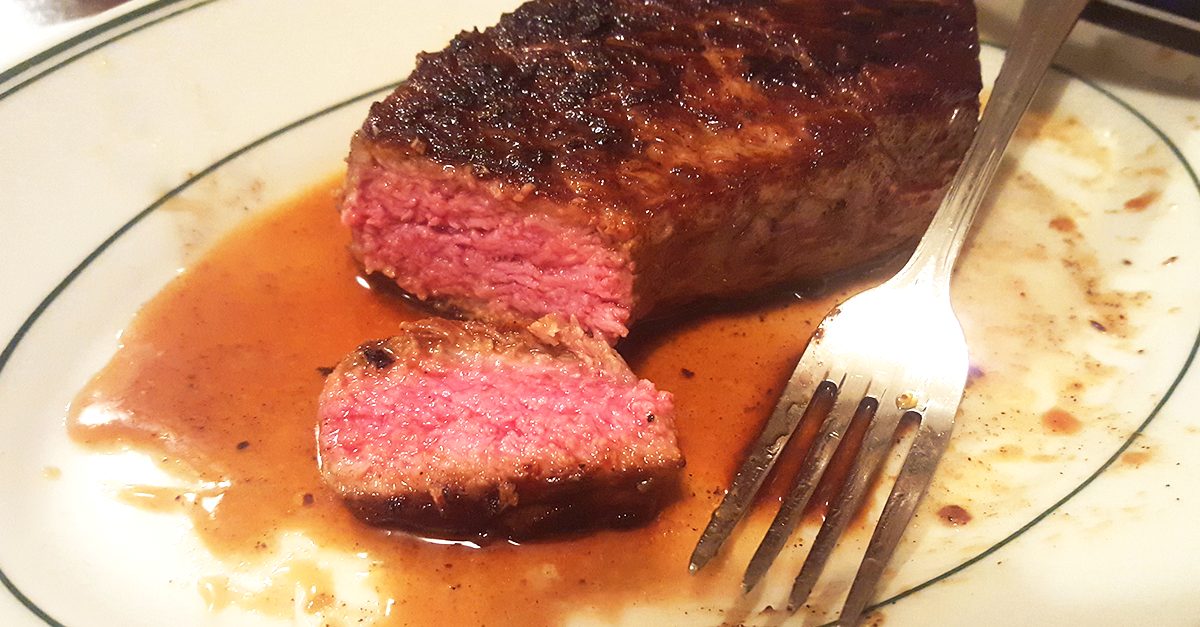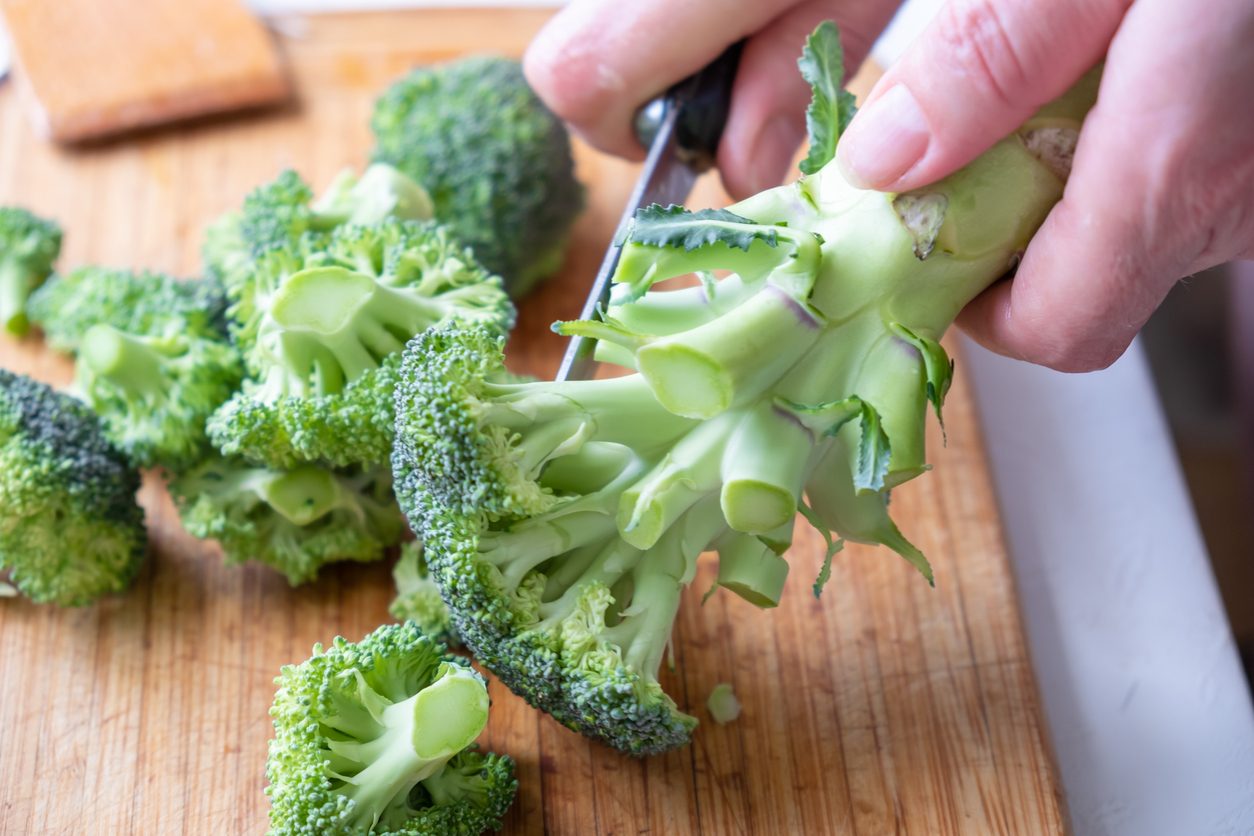Did You Know These 8 Common Sayings About Cooking Are Actually Myths?
Food is a fascinating subject of discussion because of its significant diversification. Worldwide, there are various cultures, each with its own unique beliefs about cooking. Even so, people of the same culture have multiple means of preparing meals; thus, the many cooking myths that have become so ingrained into society that you'd argue that they are factual!
;Resize,width=742;)
The primary purpose of this article is to dispel myths about cooking — they may seem practical, factual, or just be the "tradition," but that doesn't make them any right!
Below are eight common myths cooking myths we know of as well as information to debunk them all!
1. Meat that is thoroughly cooked is safer.

Some people get the heat because they prefer their steak medium rare, which means that the meat is not well done. This is because of the common saying that thoroughly cooked meat is safer for consumption.
Meat is safe to eat as long as its internal temperature is 145 Fahrenheit.
2. Every kind of salt is the same.

If you haven't already noticed, some recipes call for a particular kind of salt. However, many advise that you substitute any salt you have when a recipe demands such.
What many don't understand is that different salts can do different things. For example, table salt has a very fine texture and is, therefore, "saltier" than sea salt, while kosher salt should be used for cooking rather than as a tableside seasoning. As for sea salt, it's flaky texture makes it a good option for tableside seasoning.
3. The red liquid from meat is blood.

Have you ever cut into your cooked steak only to observe a liquid oozing from the site? Worry not, unlike what people commonly say, it is not blood but myoglobin, a protein released when red meat is cooked.
4. Flour can never spoil

This saying owes to the fact that flour rarely gives any visible sign of spoilage. But sift a handful, and you may be shocked at what is left behind — bugs!
Aside from these bugs, the rotten smell is a tell-tale sign of spoilage in your flour. Keep yours fresher for longer by transferring it to a tightly sealed container then placing it in a cool, dry store.
5. Sharp knives are the most dangerous

It is almost unbelievable that such a myth exists, but it is what it is! Some people believe that a blunt knife is safer for use in the kitchen. They don't know that using this will require more power and time compared to a sharp knife.
Sharpen yours to quicken cooking and make it an enjoyable experience every time.
6. Microwaves can suck out nutrients from your food

This myth may have been created to create fear because microwaves are too good to be true — only a few minutes, and you have your minute heated and delicious for consumption!
Far from what the myth hints at, experts say that microwaves may help retain the nutritional benefits of food since it only requires a short period to heat food!
7. Never forget to rinse your pasta

What makes pasta dishes delicious is the creamy texture of the sauce and how everything comes together amazingly. If you rinse your pasta after boiling (cold water shock therapy), you may not be able to achieve that because you already rid the pasta of the sticky starch that should absorb the sauce.
8. Pour salt inside your water to make it boil faster
Science says pouring salt inside water may delay its boiling time because the added substance increases the boiling point.
Do you know any more cooking myths?
;Resize,width=767;)
;Resize,width=712;)
;Resize,width=712;)
;Resize,width=712;)
